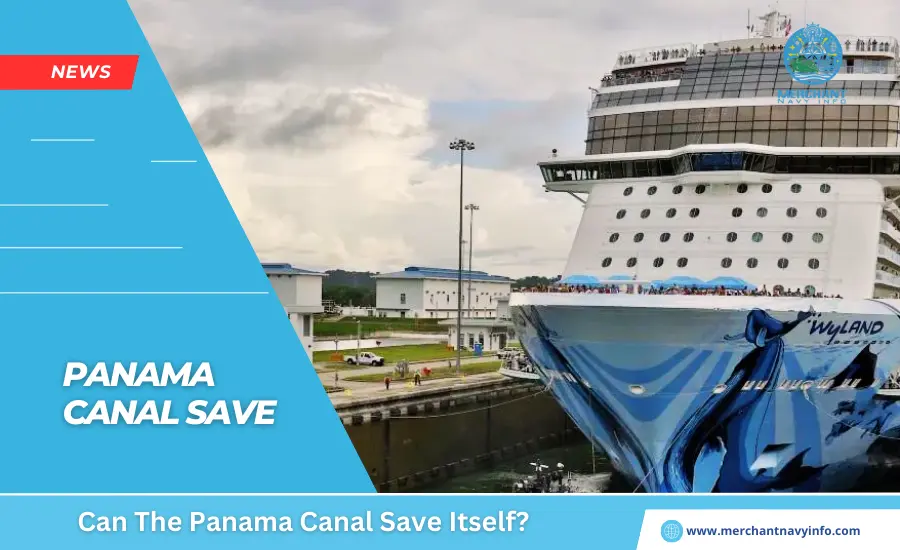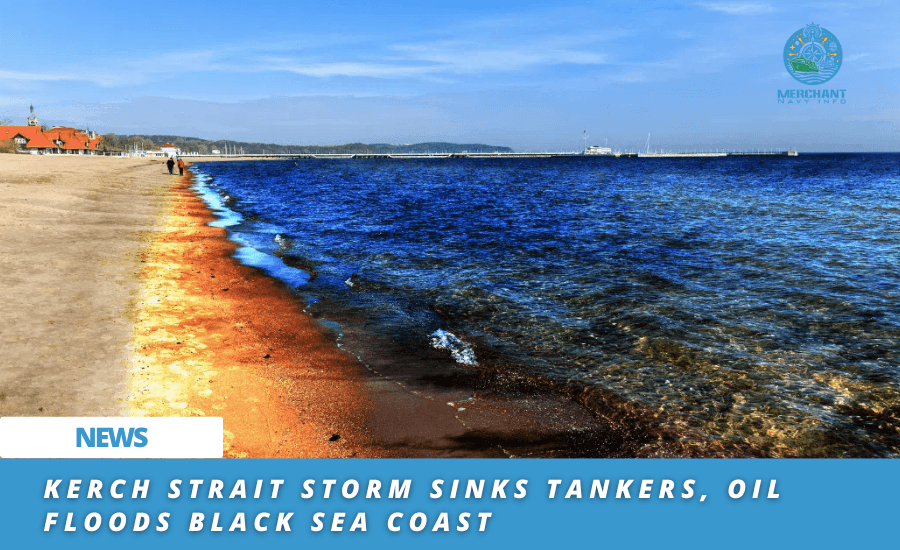
Unlike any Suez Canal, the Panama Canal is fed by a freshwater lake. Lake Gatún, and its water levels are falling critically. After a rough boat ride across Gatún Lake, Nelson Guerra. A hydrologist for the Panama Canal Authority, points to a rusty ruler beneath a tower at the water’s west end. “The level, as you see on the scale, is 81.20 feet,” he said. “The level should be five feet higher than today.” On the way back, the boat passed by ancient trees protruding from the water. They were never completely cut out during the original construction of the lake.
Usually, only a few are seen at this time of year. But in the middle of the dry season, there is a forest of them. The Panama Canal depends on rainwater, so it is very scarce. Lack of the rain and the El Nino weather phenomenon contribute to the second driest year in the canal’s 110-year history. Last October was the driest month since records began. The canal area has had 41% less rain than normal. And the drought threatens to further disrupt the $270 billion worth of goods that pass through the Atlantic-Pacific shortcut each year.
Water-Saving Measures
They have had to introduce water-saving measures, which means fewer ships pass through the canal each day. Indeed, lake water is essential for the operation of canal locks. The number of ships has decreased from an average of 36 to 24. Each ship also now carries less cargo due to weight restrictions. The recession is causing trouble for world trade. Typically, about 5% of global maritime trade uses the Atlantic-Pacific shortcut, and 40% of U.S. container traffic uses this route. If routes dry up, shippers will be forced to find alternative solutions, extending travel time and increasing costs. And water shortages are not just a problem for world trade.
Panama Canal Authority
The Panama Canal Authority also provides drinking water to half the country’s population, including residents of the capital, Panama City. But canal managers are taking steps to ensure it lasts another century and beyond. Ilya Espino de Marotta, the Panama Canal Authority’s head of sustainability, said they are working to find solutions to ensure the canal does not run out of water. “We don’t want this problem to happen again. We don’t want to reduce shipping or tonnage,” she said.
The administration is working to develop a plan to invest $8.5 billion in sustainable projects over the next five years, hoping to help this vaunted waterway survive even as these changes disrupt planetary disruption. On the issue of climate change, Ilya Espino de Marotta said: “Panama is a country with a lot of rain. But we are witnessing a phenomenon [reduced rainfall] that is having consequences everywhere. So we definitely have to prepare for the future.
An Explicit Measure Relating To Water Conservation
The Panama Canal operates by passing ships through a series of sea-level locks fed by Lake Gatún and the smaller Lake Alajuela. Each ship passing through the lock uses about 50 million gallons of water, and several new locks built in 2016 – the largest Neo-Panamax locks – save 60% of that water. However, the old Panamax locks are still in use and overhauling them would be a major project. Meanwhile, the canal authority has found a way to reuse water from one lock compartment to another, called backfilling, saving the equivalent of six daily canal passes.
The government also plans to build water reservoirs, the first major project since the completion of the new set of locks in 2016. To conserve more water during rainy months and increase supply during periods of drought, they wanted to build a dam on the nearby Indio River and divert fresh water to Gatún Lake, the canal’s main reservoir. The plan will increase maritime traffic from 12 to 15 trips per day. However, moving forward will not be easy. The project has yet to receive congressional approval, and construction will take several years. Another option is to build a desalination plant. The lack of rain has increased the salinity of rivers and lakes, a challenge that needs to be addressed as it is the country’s largest source of drinking water. However, this option is expensive, and removing salt from seawater requires a huge amount of energy.
Cloud Seeding
Even cloud seeding in the hope of creating more rain is not out of the question. The process of implanting large salt particles into clouds to increase rainfall may seem futuristic, but it has been around since the 1940s. A solution must be found to stop global trade, which has become irregular and stable this year but has become even more unstable. The volume of trade through the Panama Canal has dropped 49% from its peak. José Cervantes, general manager of the Panama branch of shipping company Agunsa, said their daily operations have been affected. Shipments worth two million tons of goods, from textiles to food, have been delayed due to the disruption of the Panama Canal.
The problem, he said, is that there are no better shortcuts. Several ships carrying goods from Asia were diverted through the Suez Canal ahead of the current Red Sea crisis. Because this option is less safe, there is an increasing demand for rail and road transport throughout Panama. However, José Cervantes said unloading and loading goods from ships onto trains and trucks increases costs. “And those costs are often passed on to consumers,” he said. If May rains as expected, the canal plans to increase the overall number of ships passing through the locks, but this is only a short-term solution. Changing rainfall patterns are a reminder of the major impact that climate change could have on global trade and the long-term future of the Panama Canal.









